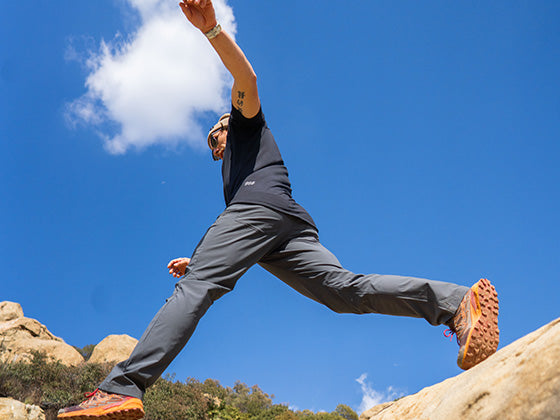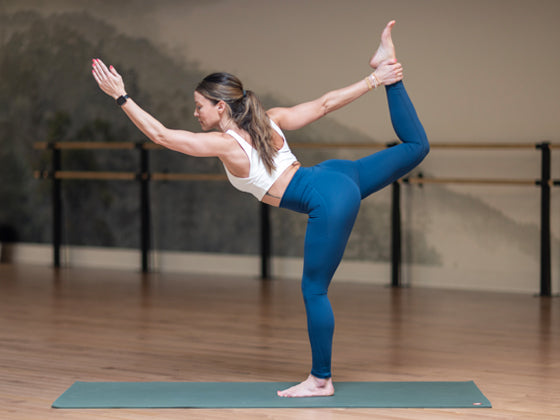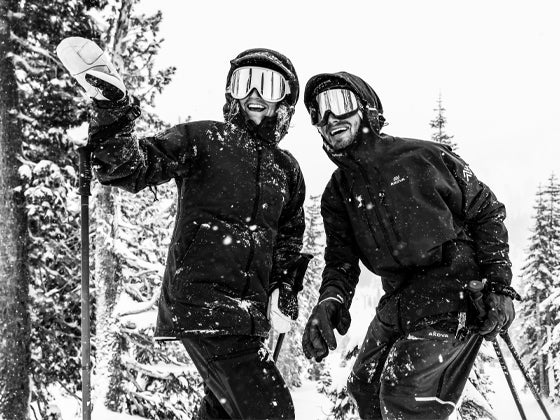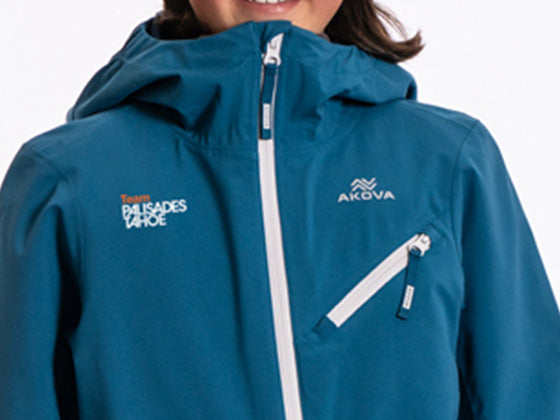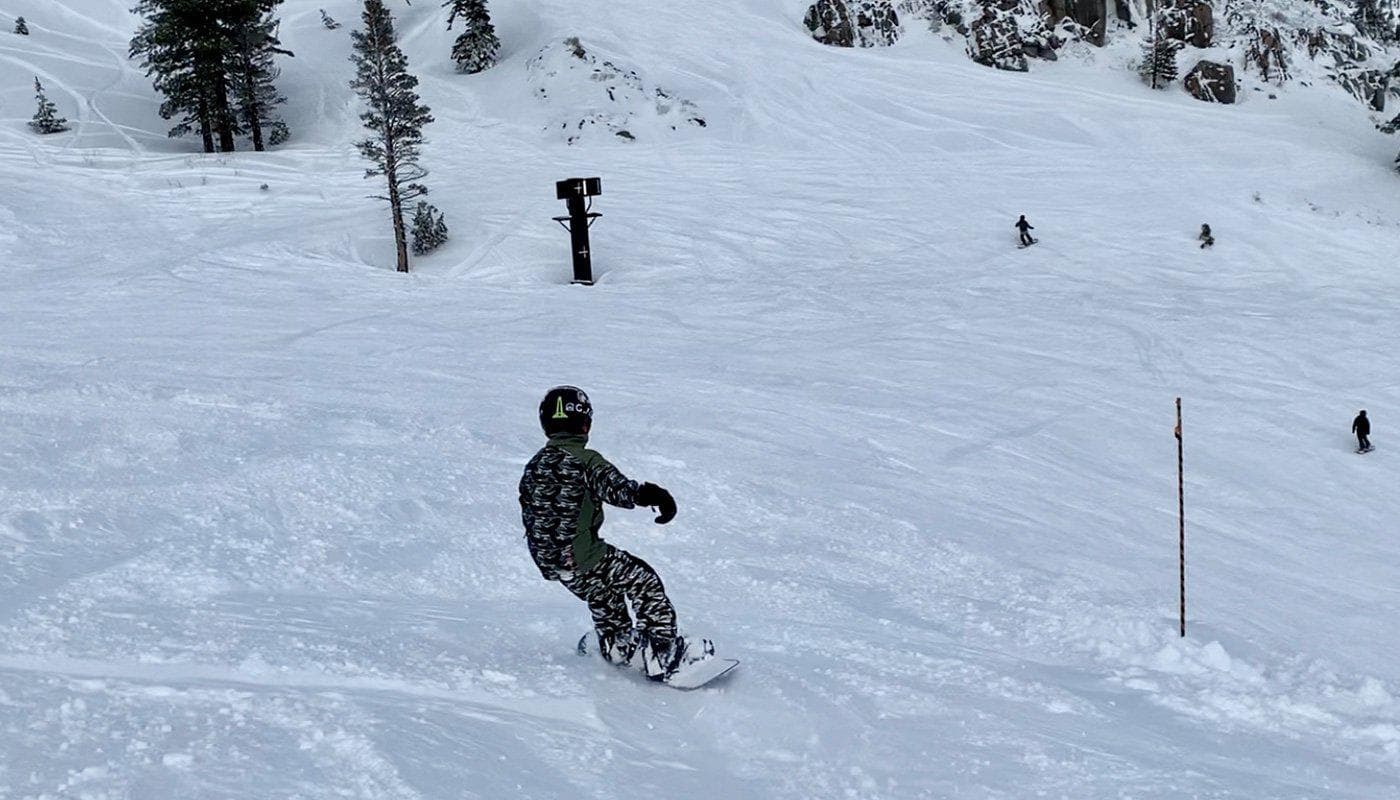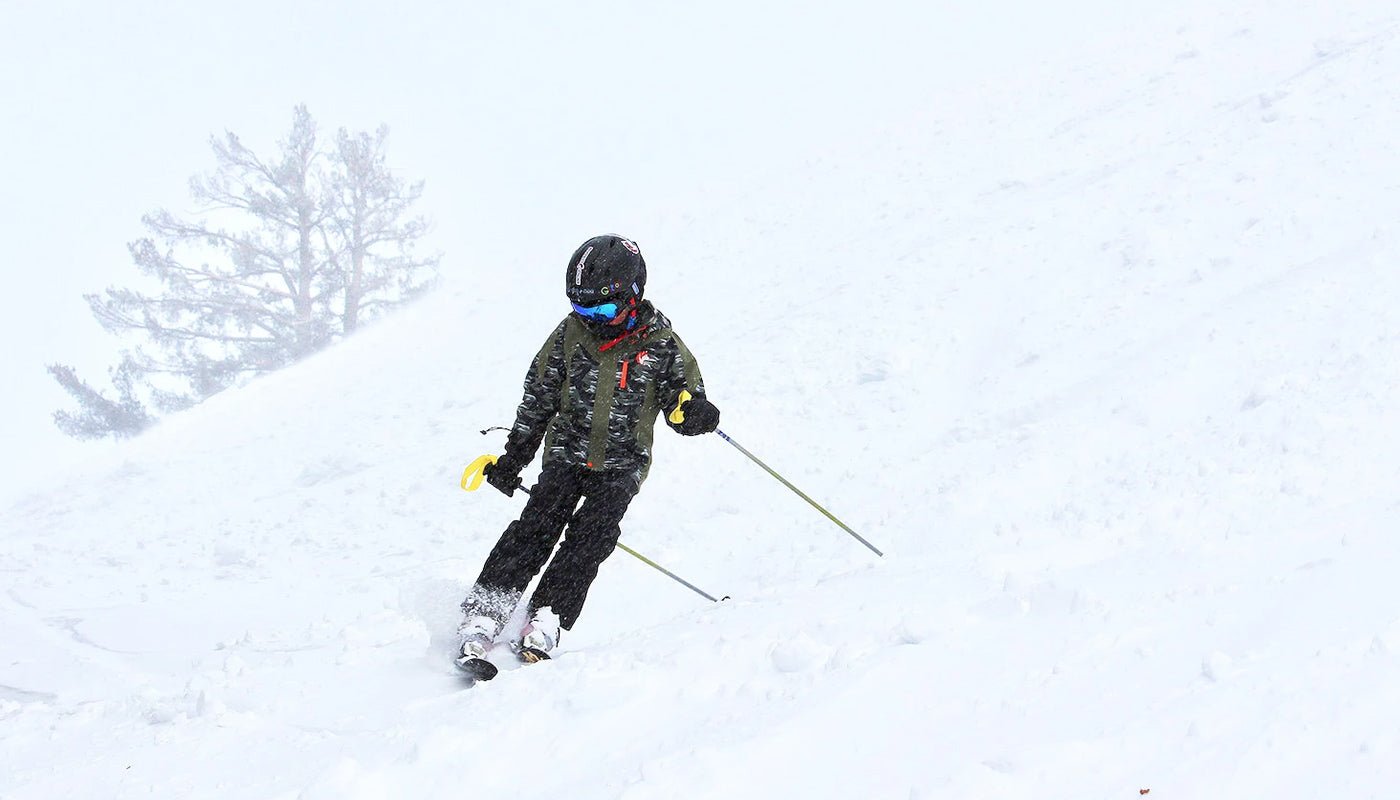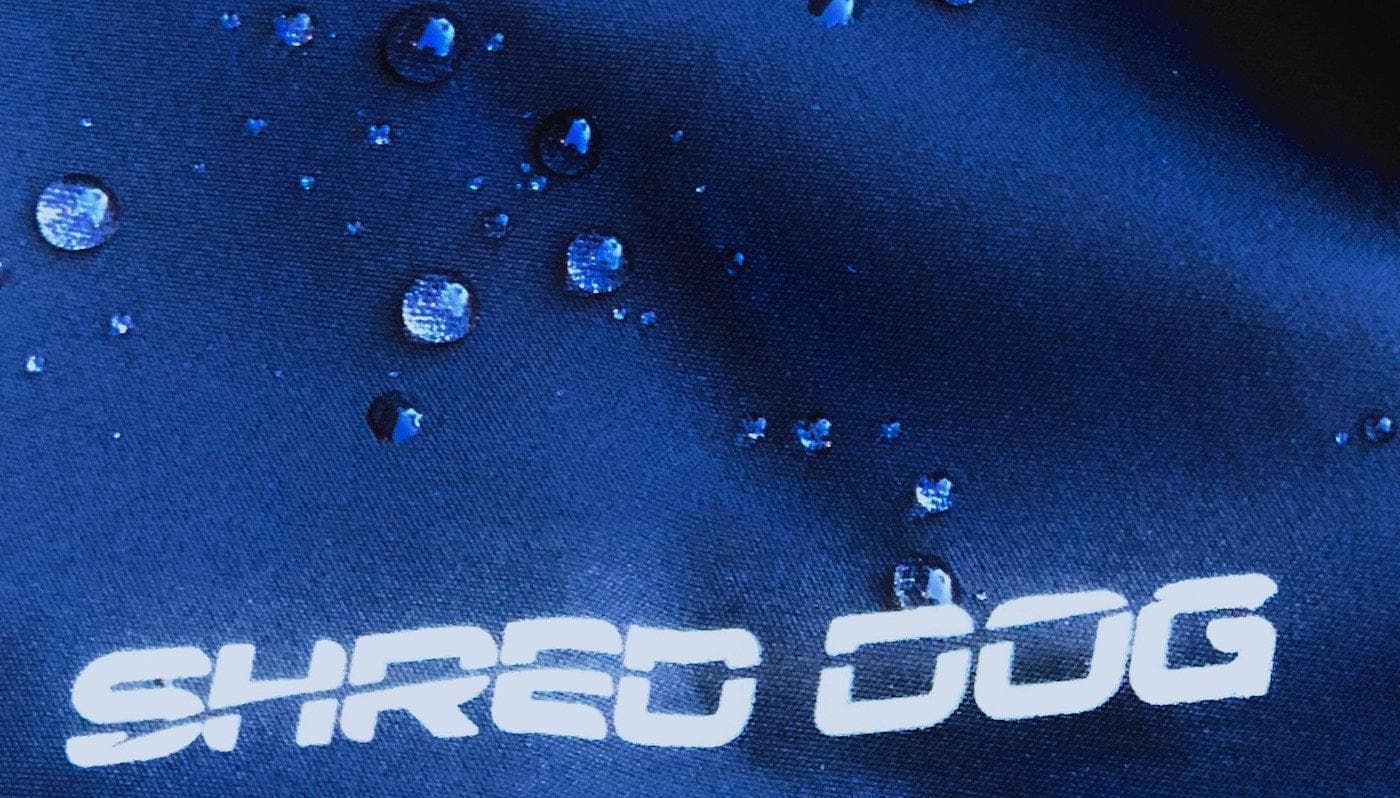After skiing for the last 5 years, our now 9 year-old "chief product tester" has been wanting to take up snowboarding. And, this month (coincidentally January is "Learn to Ski and Snowboard Month"), we decided it was time. There are a lot of blog posts and YouTube videos that teach technique and other learning tips but here are 5 other, more general, tips that we recommend for kids learning to snowboard (and adults too, for that matter).
1. PICK THE RIGHT DAY/CONDITIONS TO START
 There's no getting around the fact that the first day on a snowboard is hard. And it will include a lot of falling. Sometimes just tipping over onto your butt and sometimes a nanosecond-length faceplant when catching your toe edge. So, for a kid's first day, ideally pick a day and run where other elements are less severe. Good weather for one but, most importantly if you have the option, find some soft snow. You can't always control that, of course, but Ryker's first day was on a very hard-packed, almost icy day that made all those first falls all the more frustrating.
There's no getting around the fact that the first day on a snowboard is hard. And it will include a lot of falling. Sometimes just tipping over onto your butt and sometimes a nanosecond-length faceplant when catching your toe edge. So, for a kid's first day, ideally pick a day and run where other elements are less severe. Good weather for one but, most importantly if you have the option, find some soft snow. You can't always control that, of course, but Ryker's first day was on a very hard-packed, almost icy day that made all those first falls all the more frustrating.
2. REGULAR OR GOOFY STANCE... WHY CHOOSE NOW?
Conventional wisdom has always suggested things like running and sliding on the snow to determine which foot naturally should be the front foot (left-foot forward is "regular" stance, right-foot forward is "goofy" stance). What I realized during Ryker's first few days is that he's not sure yet which he prefers so he was riding both ways. And that made me think about how difficult it was for me to learn to ride switch after years of riding one direction. So... why have a beginner choose now? If you set their bindings for a slight & mirrored duck stance (+12/-12 or +15/-15), then your little shredder can get used to riding both directions right from the start. If they grow into a freestyle rider later, they'll be ready with that stance. And if they change to freeride or a more front-facing style, that's a simple transition compared to learning to ride switch.
3. GET OFF THE BUNNY SLOPE SOONER VS LATER
This may seem counter-intuitive and may not work for everyone but what I found learning to snowboard a couple decades ago and what also worked well with Ryker was to get off the bunny slope sooner vs later.  On one hand, it's usually crowded (with people that will likely run into you considering their ability level). But, also, it's my belief that the feel for using edges, turning the shoulders (the legs/board will follow), and establishing good balance, comes easier with a) a longer run and b) more of a pitch than bunny slopes typically have. For Ryker's Day 1, we were on the bunny slope. But for Day 2, we did other greens and even a couple of blues. At that point, he was only doing heel-side "falling leaf" and not able to initiate toe-side turns yet, but we decided to defer that to Day 3. He had a blast on Day 2 and riding the blues and more mixed terrain really built up a lot of confidence for him to take into Day 3.
On one hand, it's usually crowded (with people that will likely run into you considering their ability level). But, also, it's my belief that the feel for using edges, turning the shoulders (the legs/board will follow), and establishing good balance, comes easier with a) a longer run and b) more of a pitch than bunny slopes typically have. For Ryker's Day 1, we were on the bunny slope. But for Day 2, we did other greens and even a couple of blues. At that point, he was only doing heel-side "falling leaf" and not able to initiate toe-side turns yet, but we decided to defer that to Day 3. He had a blast on Day 2 and riding the blues and more mixed terrain really built up a lot of confidence for him to take into Day 3.
4. WATCH FILM TOGETHER
 Professional golfers and baseball players watch slo-mo video replay of their swings for a reason... they can see what they are doing and see how to improve! And in this day and age, we are typically all following our kids with our phones taking pics and videos, right? So use them as an instructional tool. This tip is of course most helpful with kids old enough to really analyze their technique. As one example, showing Ryker a video replay of him catching his toe-edge and faceplanting while explaining how his direction of travel and where his weight is going relates to which edge of the board to use made a lot of sense to him.
Professional golfers and baseball players watch slo-mo video replay of their swings for a reason... they can see what they are doing and see how to improve! And in this day and age, we are typically all following our kids with our phones taking pics and videos, right? So use them as an instructional tool. This tip is of course most helpful with kids old enough to really analyze their technique. As one example, showing Ryker a video replay of him catching his toe-edge and faceplanting while explaining how his direction of travel and where his weight is going relates to which edge of the board to use made a lot of sense to him.
5. COMMIT TO AT LEAST 3 DAYS (MAYBE 4 OR 5)
I've given this tip to any and all friends as well over the years. If you want to learn to snowboard, it's critically important to not give up after one or two days. And ideally, don't wait long gaps in between those important first days. Here's why and also how this progression went for Ryker's first four days on a snowboard.
Day 1: Snowboarding is terribly hard at first. Just maintaining balance, let alone turning, getting off a chairlift successfully, or stopping all seem like skills that will never be acquired or mastered. For Ryker, his first day was actually last spring and he spent more time on the ground than on the board. Not very much fun but his spirits stayed up because he knew it would be hard.
Day 2: Especially if there is a long gap between Day 1 and 2, the second day is typically worse than the first, at least in the beginning. Basically, after finding a tiny bit of success towards the end of Day 1, for some reason on Day 2, it will often feel like "how on earth did I even do this at all before?"
Day 3 (or 4 or 5): At some point on Day 3 for some, Day 4 or 5 for others, there will be a time when suddenly things like edges, stance, and balance just click and start to make sense. At this point, the best part of snowboarding kicks in... it's harder to learn but easier to master than skiing so the learning progression really starts to accelerate. But if you give up before you get to that point, you'll miss out on years of fun ahead.
Here's our chief product tester on his 4th day. Definitely getting the hang of it!
For other tips more geared towards teaching young kids (age 2-5) to ski and snowboard, see our earlier post: 7 Tips to Teach Young Kids to Ski or Snowboard.

